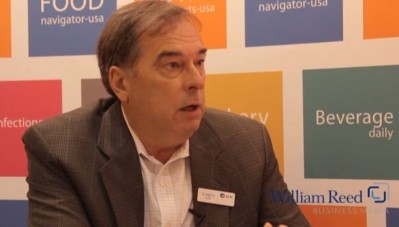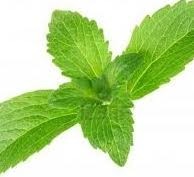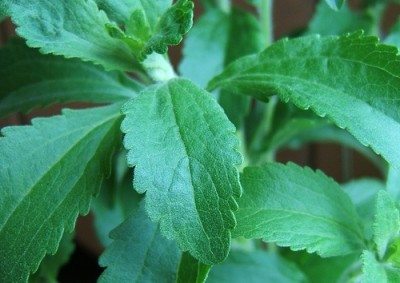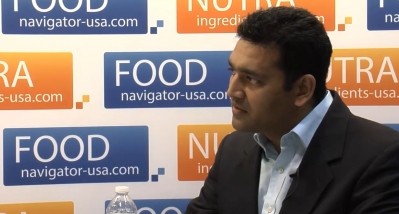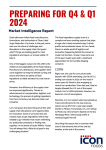Truvía exceeds sustainability goals, aims for ‘continuous improvement’
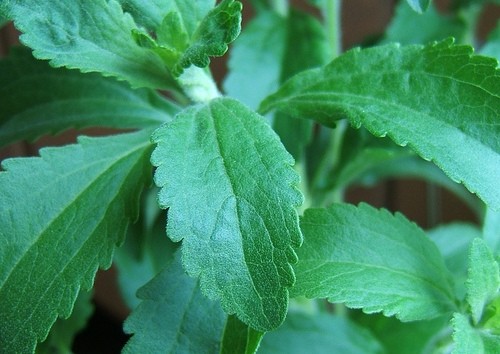
Since 2011, Truvia has reduced carbon emissions by 45% and waste across the supply chain by 50% to effectively become a zero waste company. It has also achieved its 2020 water conservation goal, having reduced net water depletion by a quarter and ensured that all processed water is returned to the level of quality at which it was taken.
“The Truvía business has developed a sustainable agricultural standard that is a first for stevia and has set the bar for responsibility across the industry,” Peter Dahm, director of clean energy and sustainability collaborations at Cargill, told FoodNavigator-USA. “It is applicable to small-scale farms globally and aims to minimize environmental impact, ensure the health and safety of the producer, align with food safety and traceability requirements, and promote continuous improvement.”
'We understand that it is challenging to pinpoint environmental impact areas within supply chains'
Still, according to a recent report from Oxfam International, nearly half of the emissions of the “Big 10” food companies—including Kellogg and General Mills, for which Cargill is a supplier—come from the production of agricultural materials from their supply chains, though none require their suppliers to set reduction targets.
Dahm questioned the validity of Oxfam’s claims in the absence of a “more detailed look into the methodology”, adding: “However, as a large food company, we understand that it is challenging to pinpoint the major environmental impact areas within supply chains,” he said. He noted that this was largely the impetus for conducting a lifecycle analysis when the Truvía brand first launched in 2008. “We are concentrating on measuring the impact of our supply chain in a sustainable way and delivering a high-quality, consistent ingredient.”
Cargill identified sustainability commitments for Truvía around four key areas: greenhouse gas emissions (GHGs), water use, waste and land management. It started measuring the brand’s carbon footprint in 2009 as a beta test, with official tracking starting in 2010. (Rival PureCircle began tracking its carbon footprint in 2011 and is a quarter of the way to meeting its 2020 sustainability goals.)
Truvia’s baseline assessment indicates that under standard supply chain conditions and practices, the stevia leaf extract produces 1,000 kg of CO2–equivalent per metric ton of "sweet" (using an assumed measure of 250 times the sweetness of sugar). Lifecycle GHG emissions (from farming to processing the ingredient, through packaging the consumer product) were calculated using the PAS2050 assessment methodology.
Much of the bran'd carbon emission reductions have been the result of yield improvements and transitioning to a more efficient processor, Dahm noted.
“In an effort to lower Truvía’s carbon emissions, the brand grew plants that generated more usable sweetness per plant so that the environmental impact was spread over a relatively smaller base of cultivated land,” he said. “In addition, we have partnered with a processor who uses renewable energy in their manufacturing process, further reducing the greenhouse gas intensity of the finished product.”
Cargill also diversified its supply chain by sourcing stevia from farms in both Asia and South America, ensuring supplied stevia is not grown on conservation or protected land. The brand also provides growers with guides for the responsible cultivation of stevia.
“As the Truvía business continues to grow, the brand will continue to work toward the sustainability pledges set forth in 2010 around its four key areas,” Dahm said. “These commitments will remain a priority moving forward as stewarding natural resources is one of our three pillars on which the Truvía sustainability program depends.”
